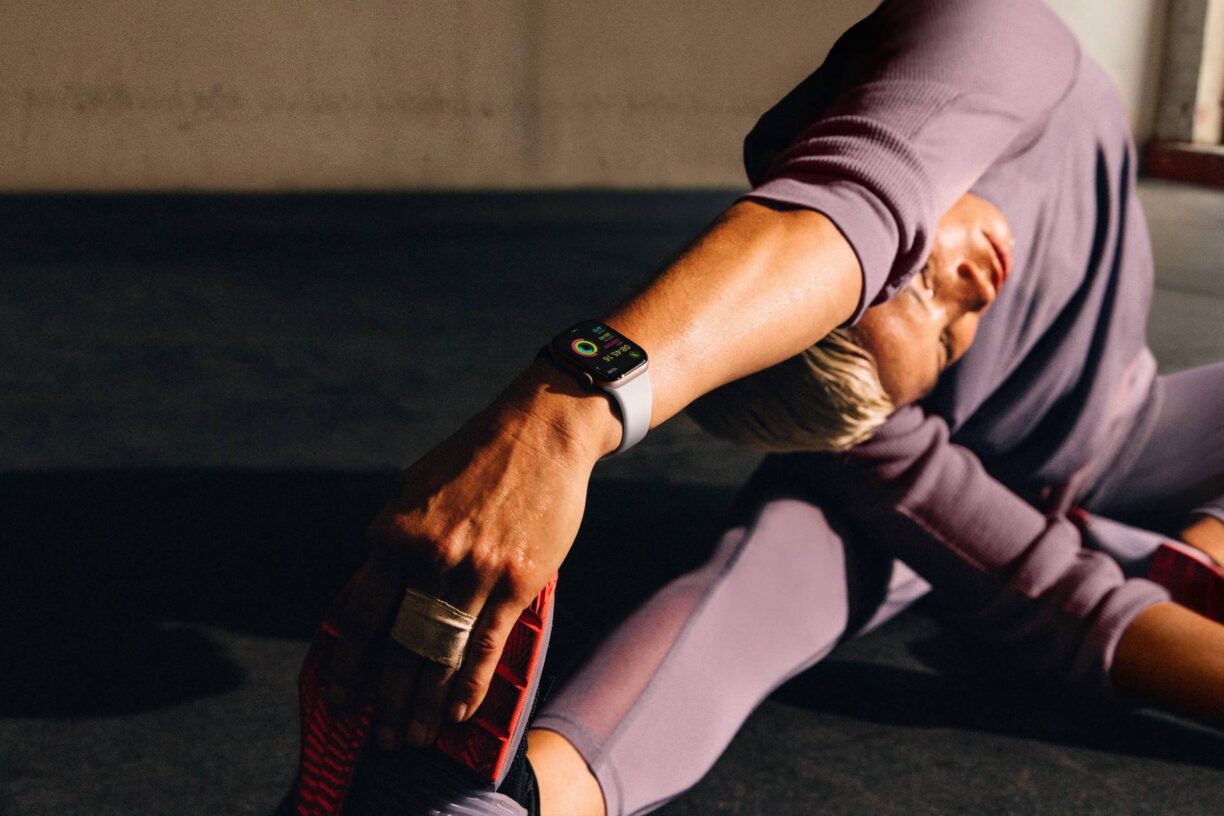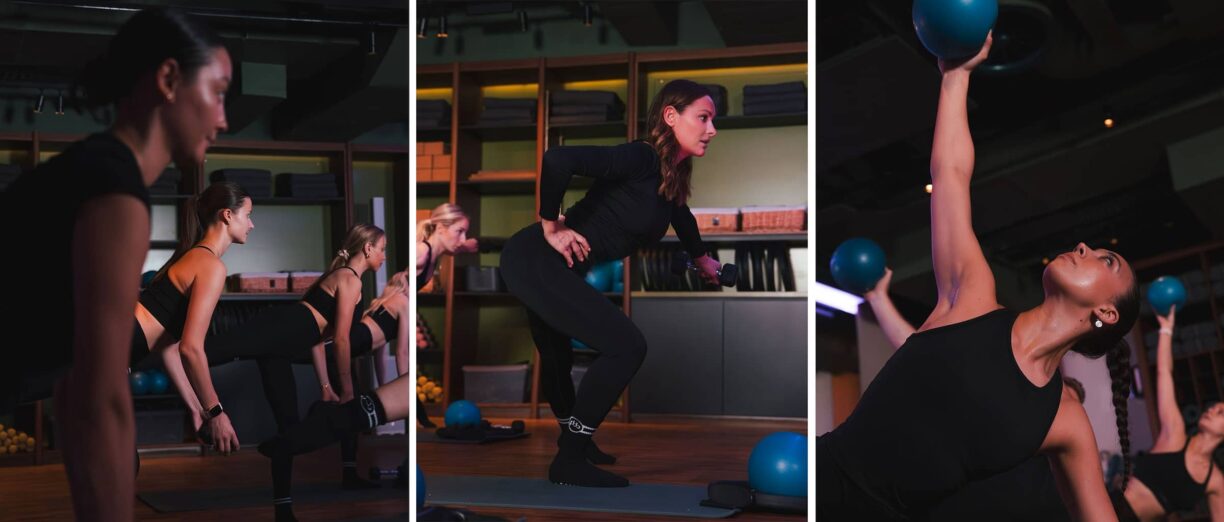The pandemic meant gyms were closed for periods of time and many of us fell out of an exercise routine, so we might not be as strong as we were two years ago.
A survey of more than 2,000 members of the Chartered Society of Physiotherapy (CSP) found an average of six in 10 patients were experiencing muscle loss due to the pandemic.
Muscle loss can potentially lead to long-term problems with mobility and balance – it might be harder to carry out day-to-day tasks, and lead to possible back, neck and knee pain.
The CSP has just launched the Stronger My Way (csp.org.uk/stronger) campaign to encourage people to regain muscle strength through a range of easy at-home exercises.
“People often associate being less active and losing muscle mass with older, more frail people, but it can happen at any point across the lifespan,” stresses the CSP’s Chris Martey, an advanced musculoskeletal physiotherapist. “I see many younger patients in their 30s, 40s and 50s present with this, too.”
Martey suggests many people have musculoskeletal issues linked to back, neck or knee pain, and deconditioning could be contributing to their discomfort.
“Deconditioning starts with people being less active or inactive for an extended period,” he explains. This can lead to “muscle loss, reduced muscle strength, and a reduction in the capacity of the body to do everyday activities, such as walking up the stairs or carrying shopping.
“This affects people’s mental health as well as their physical health, with many experiencing increased levels of anxiety and depression because they aren’t able to do the activities they previously could.
It’s important for people to recognise the signs suggesting they may have lost muscle mass and strength, and take action to improve it.”
Alastair Crew, master trainer at David Lloyd Leisure, adds: “Missing out on regular exercise can lead to a loss in muscle mass.
A drop in lean tissue levels can lead to issues with strength, bone mineral density, metabolism, balance and mobility, too. Fortunately, it can be a quick fix to get back in shape – with the right exercises and a little consistency.
“But start small – don’t try to do too much, too soon. When we think about strength training, we tend to imagine lifting heavy weights, but just using bodyweight is a great place to start.”
These are some signs you might have lost muscle mass, and what you can do about it…
1. Joint or muscle aches
Aches and pains can be due to many things, such as not getting enough sleep or not managing stress well, says Martey. However, it’s important to look out for a consistent increase in joint or muscle pain when doing day-to-day activities.
2. Difficulty going up stairs

Martey says it may feel like more of an effort to climb stairs, and you might feel slightly out of breath when you reach the top.
3. Finding it harder to get up from the sofa
“It can be hard to get off a comfy sofa at the best of times, but you might notice this becoming more difficult,” Martey says.
You may need the support of your arms on the armrest to get yourself to a vertical position, and it could also be more challenging to rise from a low chair, or get out of the car.
4. Struggling to open a jar
As we lose muscle mass, our grip strength declines, says Martey – and you might notice you need help to open food jars or unscrew things. Crew adds: “Grip strength can be a useful tool to indicate overall strength and health.”
5. Not being able to carry as much shopping as usual

Maybe you’re making more trips to the car when carrying your shopping inside or opting for a trolley when you nip into the supermarket. “This could be a subtle sign you’ve been losing strength in your arms,” says Martey.
6. Feeling more lethargic throughout the day
Even if you’ve not have been very active, your muscles may feel more tired towards the end of the day. Martey says: “The less we do, the less we can do – so if you’re less active, your muscles will naturally begin to weaken.”
7. Clothes fit differently
During the pandemic, some people may have been doing more walking or cycling – but without including their usual resistance training regime, lean tissue levels may have reduced. Crew suggests your clothing might fit differently now, because “you may have less shape to your muscles”.
What can you do about it?
To improve strength, the CSP suggests these exercises:

Squats: With your feet hip-width apart, bend your knees and push your hips back to do a small squat. Only go down as far as you’re comfortable and look forwards, not down.
Calf raises: Stand up and raise onto your tiptoes, then slowly down again, using a chair or furniture for support.

Bicep curls: Holding weights – or a household item (e.g. a can of beans or bottle of lemonade) if you don’t have equipment at home – keep your elbow by your side and lift the weight up by bending your elbow and taking your hand towards your shoulder, then slowly lowering it back down again.
Lunges: Take a small step forward and bend both knees to lower yourself down, but only as far as comfortable. Keep your body straight and look forwards, then push back into standing.
Make this harder by stepping further forward, ensuring you return from the lunge position in one steady step backwards.





